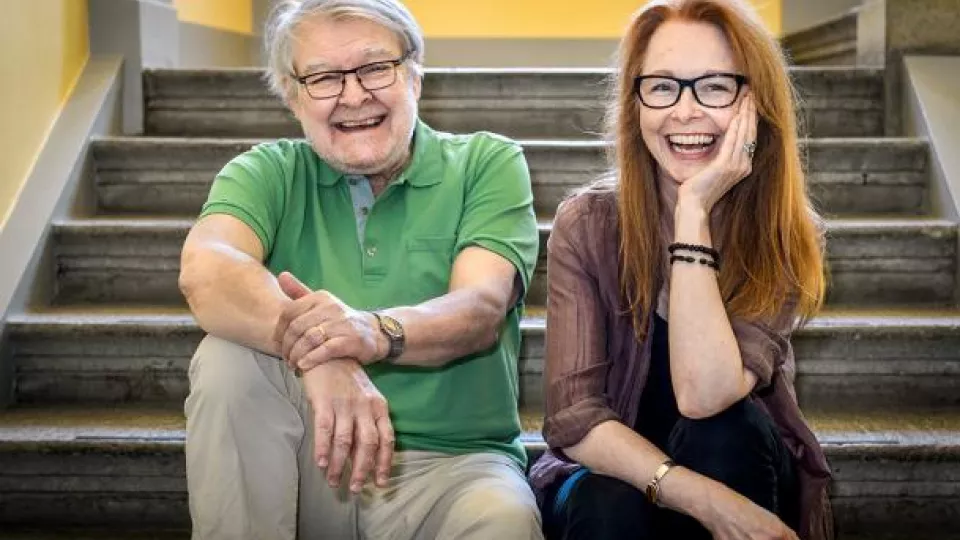Why are you organising a symposium on interdisciplinarity?
We want to create a forum that provides opportunities to take up a number of interdisciplinary issues, everything from theory to organisation and method. We have also been urged by our assessors to talk about how the Pufendorf Institute works in an interdisciplinary way in our various Themes and Advanced Study Groups. We make it clear that we are an interdisciplinary institute, but we have no fixed definition or interpretation of interdisciplinarity – and we would like to open up a broader discussion on the subject, in terms of both theory and practice.
The Pufendorf IAS differs in many ways from similar institutes at other universities, and we want to share our model, but also find inspiration and give examples of other models. We have therefore invited speakers with a range of different experience.
Why is it important to discuss what interdisciplinarity is?
Because the interdisciplinary approach has become so popular and loved by some – but is also treated with distain by others. We believe this disparagement stems from the idea that the fixed tradition in a discipline “protects” us from a regime of half-educated dabblers. Interdisciplinarity can be cooperation between closely-related subjects, but also something that crosses all subject and faculty boundaries.
Why do you think interdisciplinarity has become so popular, and why is it increasingly emphasised in academia and among funders of research?
Science subjects, “disciplines”, are historical constructions. They exist in certain periods, dominating certain perspectives in the scholarly community. Sometimes they disappear or completely change their form and focus, and sometimes hybrid subjects emerge. However, reality is not divided up into faculties and subject-oriented departments. This has consequences that can lead to conflicts. Security within one discipline can also lead to the generation of like-minded researchers, who are drawn to the same research issues again and again – without really getting anywhere. This is how stagnant research environments arise
Nowadays, there is probably a greater understanding and openness about a single discipline not necessarily being able to solve a research issue, and that it can be rewarding, if not necessary, to address our challenges and research issues from multiple perspectives and use other methods.
Is there a risk that the interdisciplinary concept becomes diluted?
There is a definite risk of that happening. It’s important that the concept is consciously used in the right way. Concepts change and there must be more than one definition when it covers the many complex processes involved in interdisciplinary cooperation. It’s for that reason that at the Pufendorf IAS we have chosen not to have a fixed definition of interdisciplinarity.
The Pufendorf Institute model for interdisciplinary research cooperation will be discussed during the symposium. What do you hope to achieve from this?
What we believe is unique about the Pufendorf IAS is our clear bottom-up perspective and our striving to include technical and science researchers and areas of research in our themes together with social sciences and the humanities. As we understand it, this makes us quite unique – that we engage all the faculties and encourage cooperation across all boundaries. This is something we want to discuss and we also want to receive input on how we can develop.
What are you looking forward to most about the day?
We are looking forward to rewarding, dynamic discussions about interdisciplinary research in practice as well as highlighting different examples of interdisciplinary research and the various conditions for interdisciplinarity.
We are pleased to have attracted such varied speakers who can illuminate interdisciplinary cooperation from the perspective of their own research, and some of them will also provide a philosophy of science perspective.


